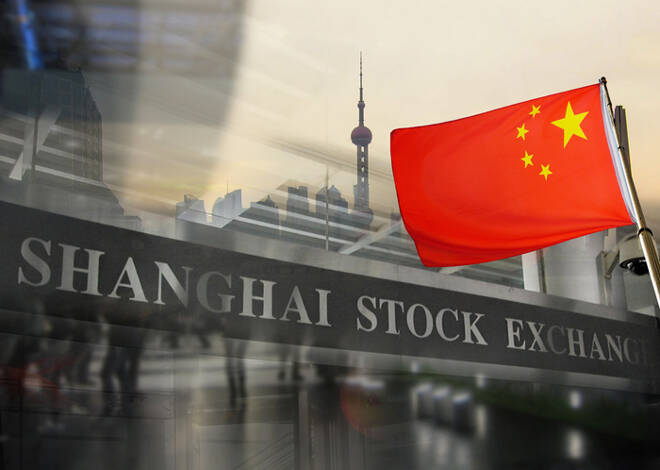Advertisement
Advertisement
Major Asian Indexes Pare Losses After Beijing Curbs Yuan Losses
By:
The financial markets reacted to the move in the Yuan in dramatic fashion. The safe-haven Japanese Yen plunged, Asian equities bounced off their lows, but more importantly, the major U.S. equity indexes turned positive for the session.
The major Asia Pacific stock indexes rebounded from early session lows late Tuesday, but the moves were not enough to turn them higher for the session. The early pressure stemmed from a steep sell-off on Wall Street the previous session. The catalyst behind the selling was the escalation of U.S.-China trade relations, after Beijing confirmed an earlier report from Bloomberg news that it is suspending agricultural product purchases in response to new American tariffs.
At 09:18 GMT, Japan’s Nikkei 225 Index settled at 20585.31, down 134.98 or -0.65%. Hong Kong’s Hang Seng Index finished at 25976.24, down 175.08 or -0.67% and South Korea’s KOSPI closed at 1917.50, down 29.48 or -1.51%.
China’s Shanghai Index settled at 2777.56, down 43.94 or -1.56% and Australia’s S&P/ASX 200 finished at 6478.10, down 162.20 or -2.44%.
The Bearish Events
To recap the recent events, the current sell-off began on August 1 when U.S. President Trump announced fresh tariffs on Chinese goods, set to begin on September 1. However, the selling accelerated on Monday when Chinese authorities let the Yuan break to its lowest level against the U.S. Dollar in more than 10 years.
This prompted President Trump to tweet, “China dropped the price of their currency to an almost a historic low. It’s called ‘currency manipulation.’ Are you listening Federal Reserve? This is a major violation which will greatly weaken China over time!”
In response to the move in the Yuan, the U.S. Treasury Department on Monday designated China a currency manipulator.
The Rebound Rally
Shortly after China confirmed earlier reports that it was suspending the purchases of U.S. agricultural products, the People’s Bank of China (PBOC) set the midpoint for the Yuan at a level stronger than what the financial markets were expecting early Tuesday.
The offshore Yuan initially fell to 7.1265 per dollar, the lowest since offshore trading began in 2010, but then erased these losses to trade unchanged at 7.1004. Furthermore, the onshore Yuan opened trade at 7.0699 per dollar and was last at 7.0569, versus its last close at 7.0498.
According to reports, the offshore Yuan pulled back from an all-time low on Tuesday after Beijing appeared to take steps to prevent the currency from weakening further. Additionally, China said early Tuesday it was selling Yuan-denominated bills in Hong Kong, in a move seen as curtailing short selling of the currency.
The financial markets reacted to the move in the Yuan in dramatic fashion. The safe-haven Japanese Yen plunged, Asian equities bounced off their lows, but more importantly, the major U.S. equity indexes turned positive for the session.
About the Author
James Hyerczykauthor
James Hyerczyk is a U.S. based seasoned technical analyst and educator with over 40 years of experience in market analysis and trading, specializing in chart patterns and price movement. He is the author of two books on technical analysis and has a background in both futures and stock markets.
Advertisement
